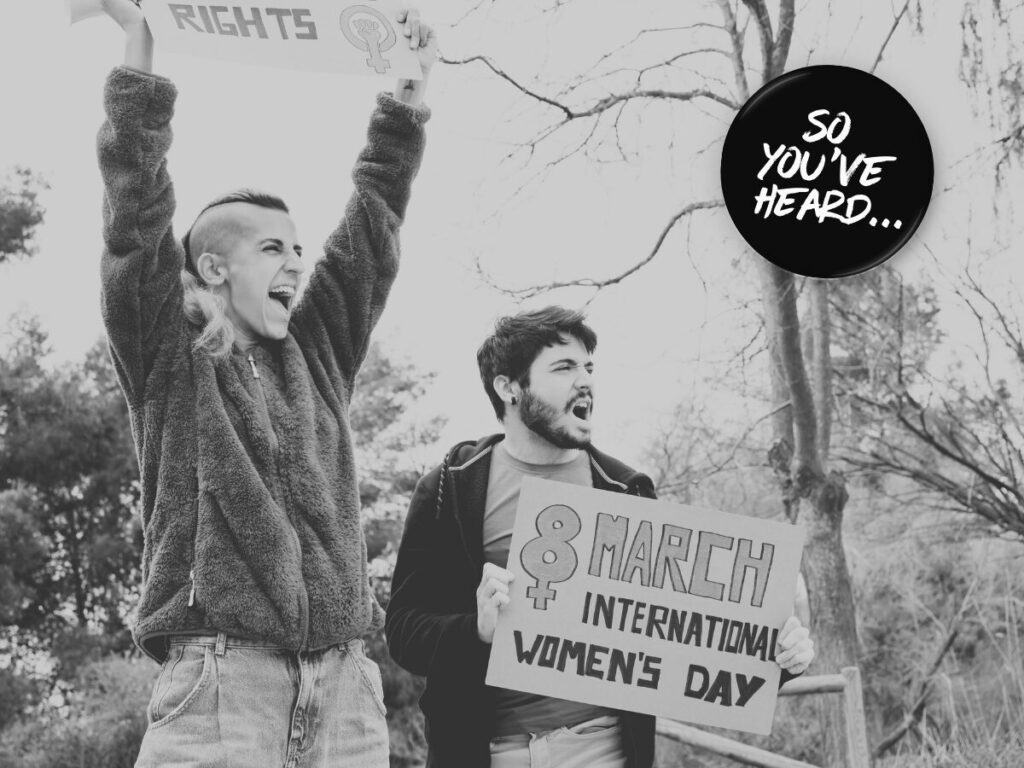From its name, it is easy to see where this idea came from. The word feminism was first used in 1837 by a French philosopher named Charles Fourier. He used it to refer to feminine qualities and character, and the word and idea of a feminist soon became synonymous with the women’s rights activists in the suffragist movement. The suffragette movement is commonly viewed as the first wave of feminism. These “original” feminists were fighting for their personhood, inclusion and safety at a time when women weren’t recognised as citizens or people with rights. Of course, as times changed and feminists gained more progress, the movement grew.
Not only is there the space for people of all genders within feminism, their active participation and advocacy are needed for gender liberation to succeed.
Feminism seeks to remove the barriers and harm of the patriarchy for the betterment of all in our societies, regardless of gender. While this means fighting for the rights of marginalised people who currently don’t have them, it also means challenging cultural ideas, behaviours and beliefs that maintain oppressive and patriarchal structures. This ultimately benefits men just as much as everyone else. Just as the patriarchy restricts and tries to define what women can do and can be, the patriarchy also promotes a strict and harmful idea of acceptable masculinity and manhood.
If this movement is about equality and a more safe and just equality for all, why do we still call it feminism rather than equalism or humanism? This is a common argument against feminism: if the movement was only concerned with equality for all, why place the focus on feminism and women’s rights? After all, feminism is becoming an increasingly intersectional movement that wants to boost those who have been and are marginalised in society.
It is critical that we do not lose sight that women and people of marginalised genders are oppressed and seeking equality because they have been actively denied it for centuries. The word feminist has undoubtedly evolved since Charles Fourier used it for the first time, but it continues to stand for and represent those who have struggled for their voices to be heard.
